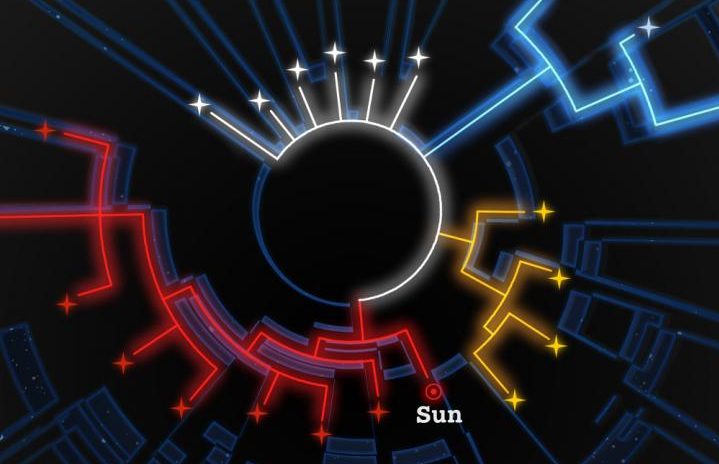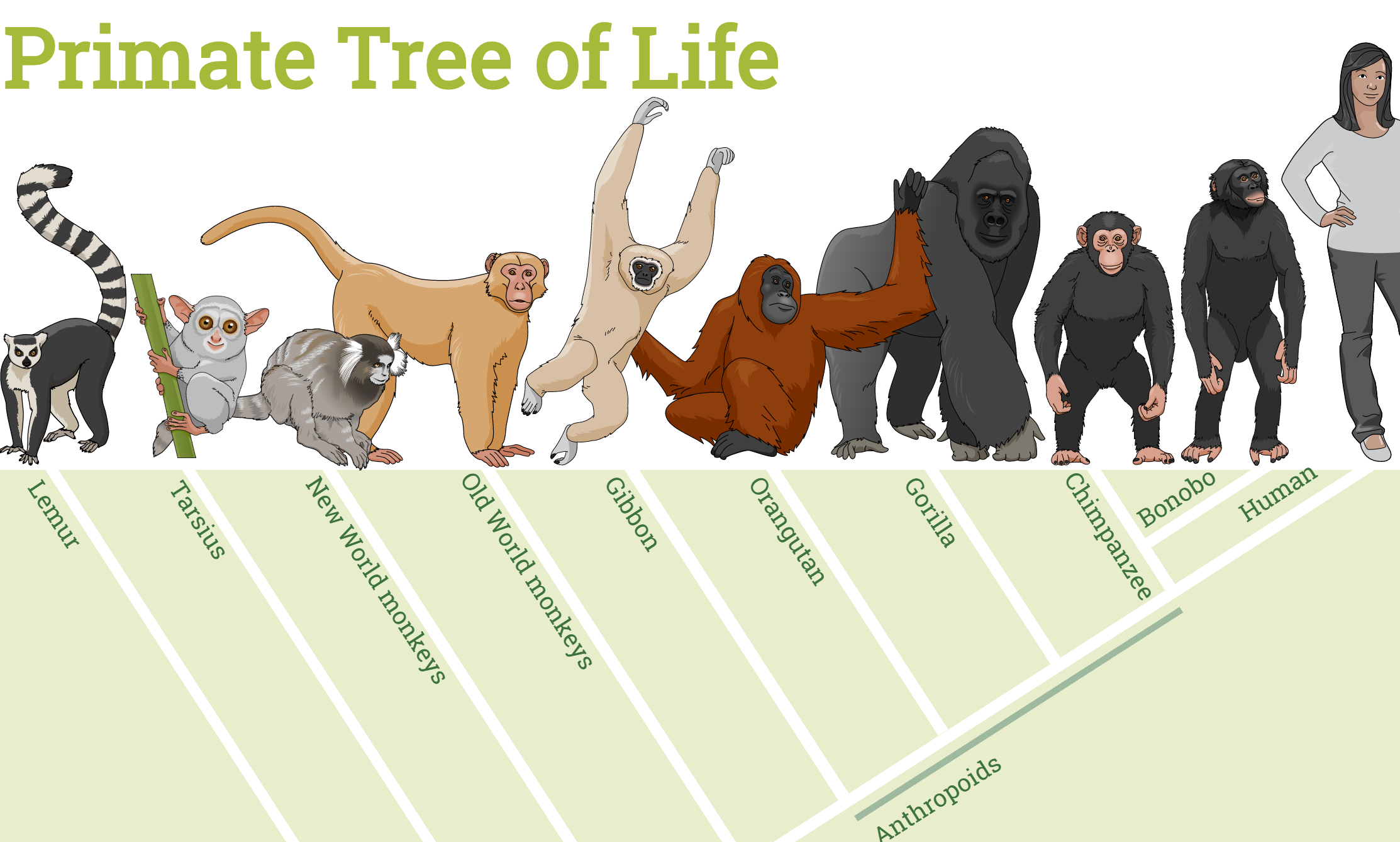What is a family tree?
In science, family trees have been widely usedd by biologists, geneticists, ecologists, etc, to present in a more visual way the parental link between individuals. A family tree can be based on pretty much any characteristic the scientist wants. However, nowadays the main characteristic used is DNA.
When we think about DNA, we think about animals, plants, bacteria, fungi and other groups pretty familiar in science. But what if other things could have DNA too? Let’s say stars could also be analyzed by their DNA and even get a family tree of their own.
This discussion has started with two scientists: an astronomer and a biologist. The astronomer, Dr. Paula Jofré from the University of Cambridge, had the amazing idea to analyze stars the same way biologists do with animal species and build the Miljy Way stars family tree.
Dr. Paula Jofré and her team picked 22 stars (the Sun included) and studied the chemicals they are made of, their age and their movement. Once all this was collected, they discovered three main branches in which the stars could be divided.
But what DNA has to do with all this?
Stars that were born in the same gas cloud, have similar makeup. This makeup is called “stellar DNA”. Since some stars analysed did not have stellar DNA similar to the three branches discovered, it is possible that some stars came from a different galaxy. These stars may have been absorbed by the Milky Way and don’t have sibling stars.
This is, of course, only a hunch. Especially if we take into account that Dr. Paula Jofré only analysed 22 stars from 100 billion stars that exist in our galaxy. So yes, further research is in order to start making assumptions.
However, the message we get from this research is loud and clear: don’t be afraid to learn from different studying fields. Maybe the solution to your problems or simply a better way to look at things can be right next to you. Or in the case of Dr. Paula Jofré, right in the next University department.

Subscribe to our newsletter
Exclusive high quality content about effective visual
communication in science.






